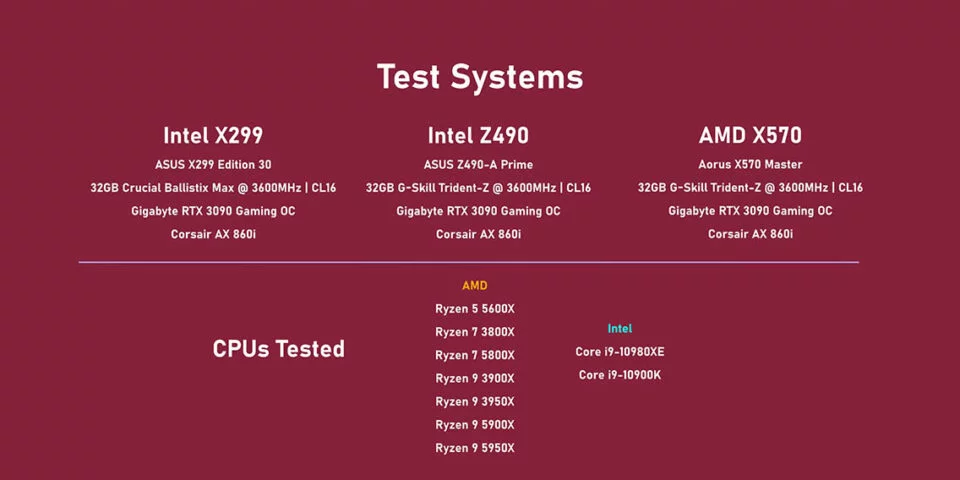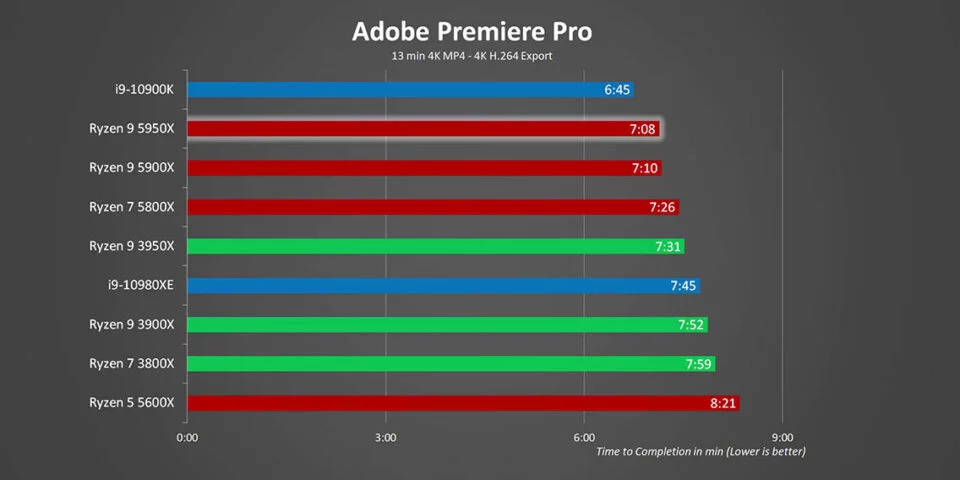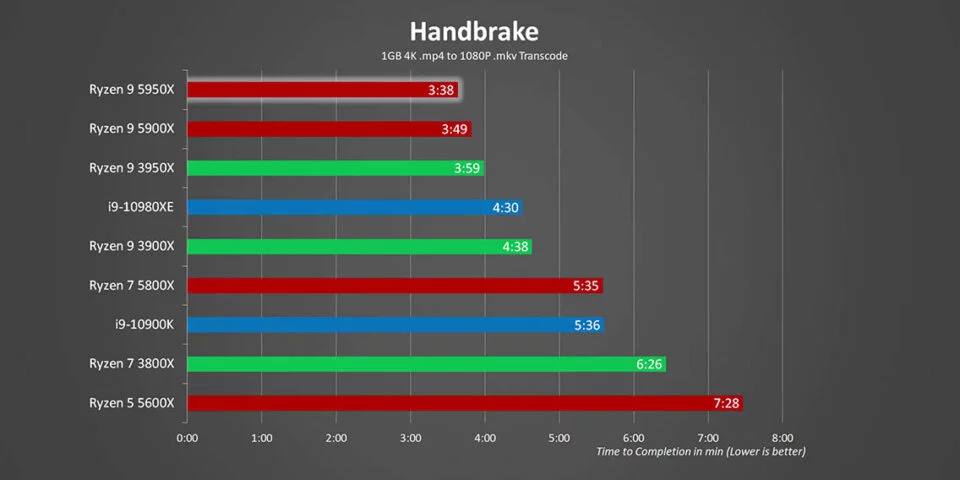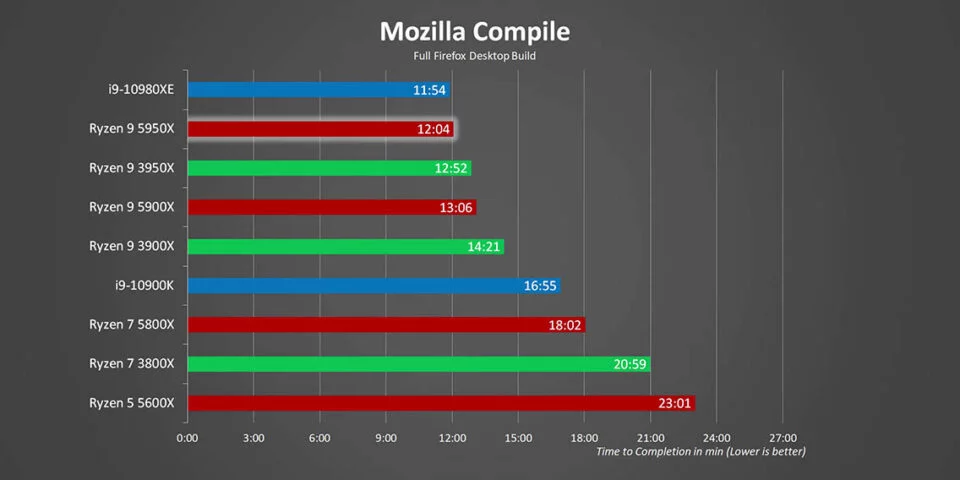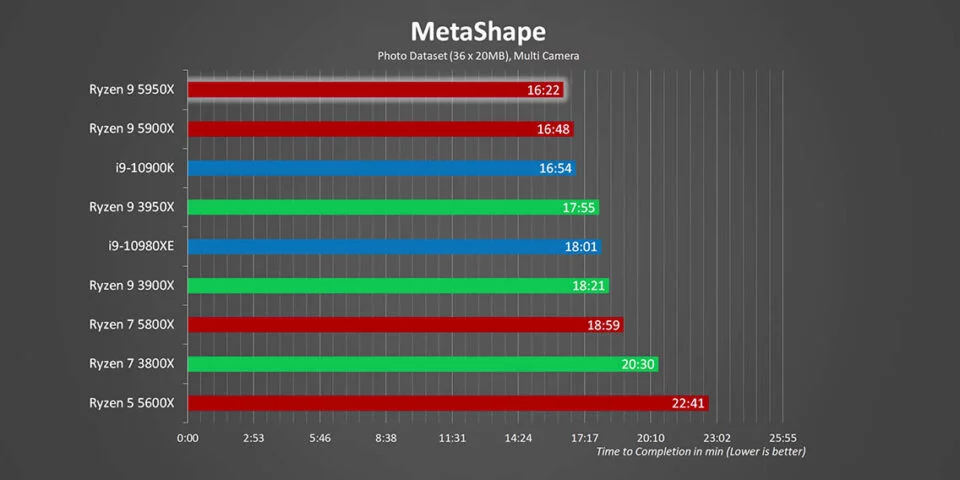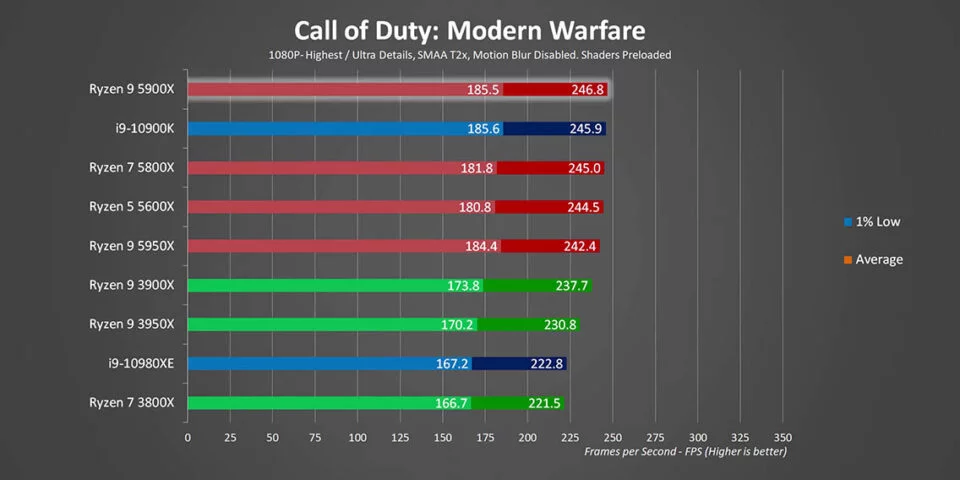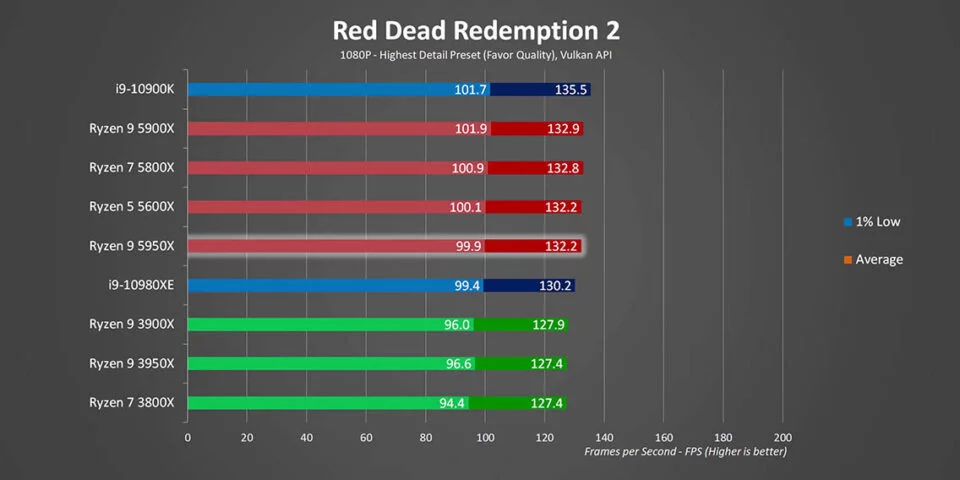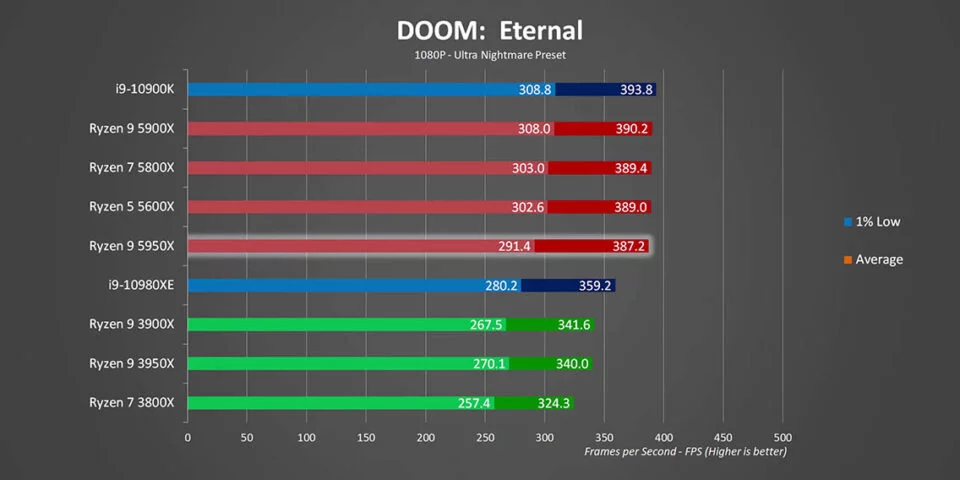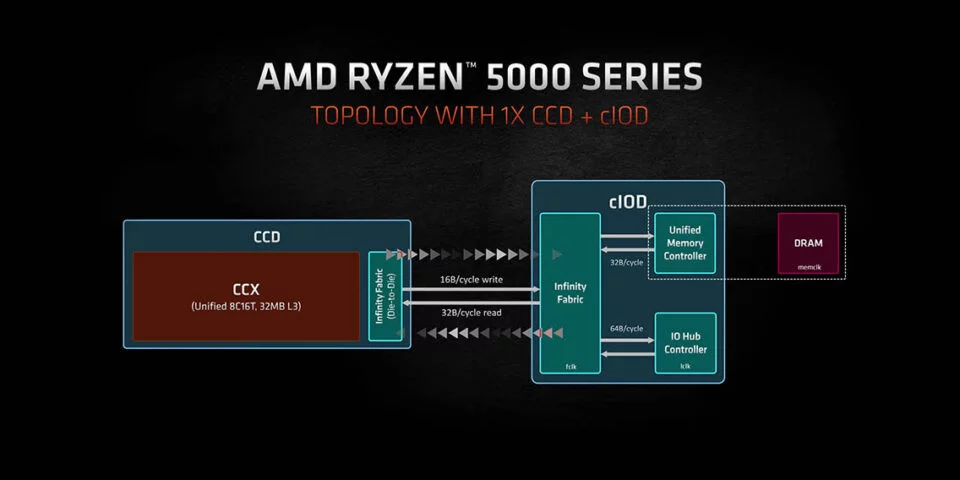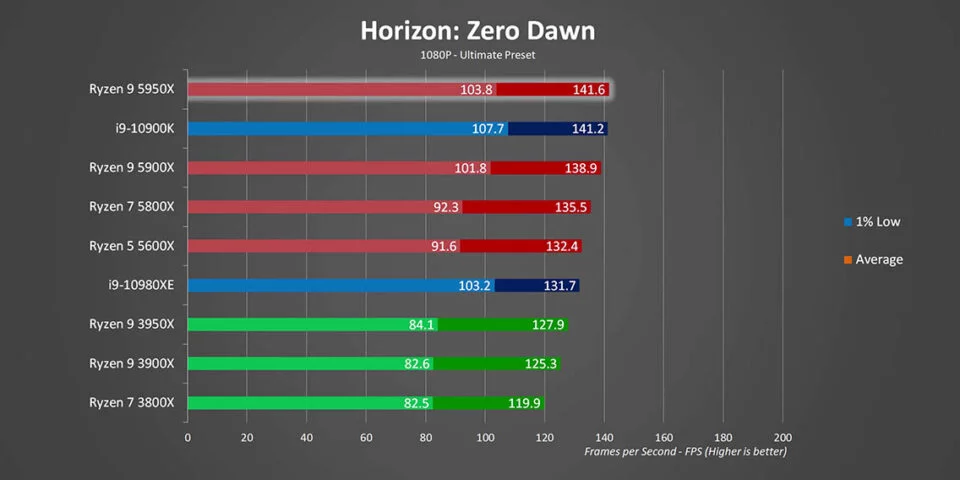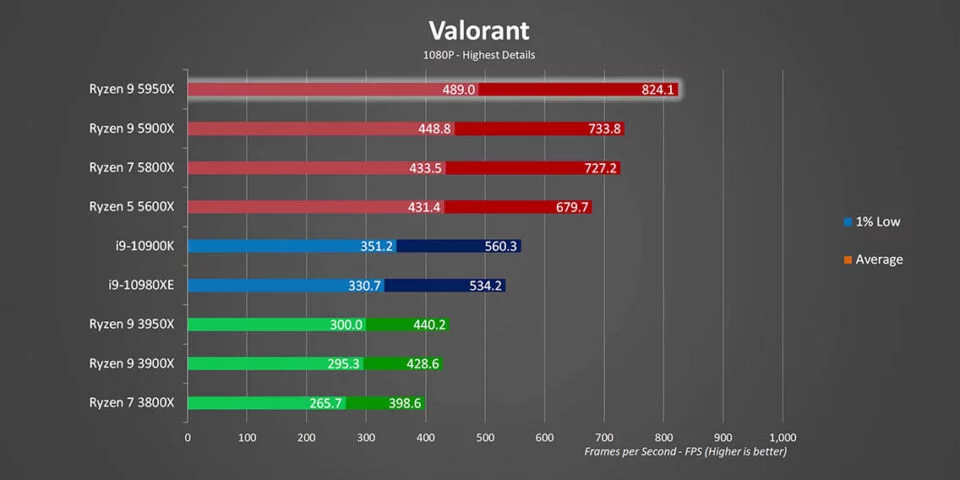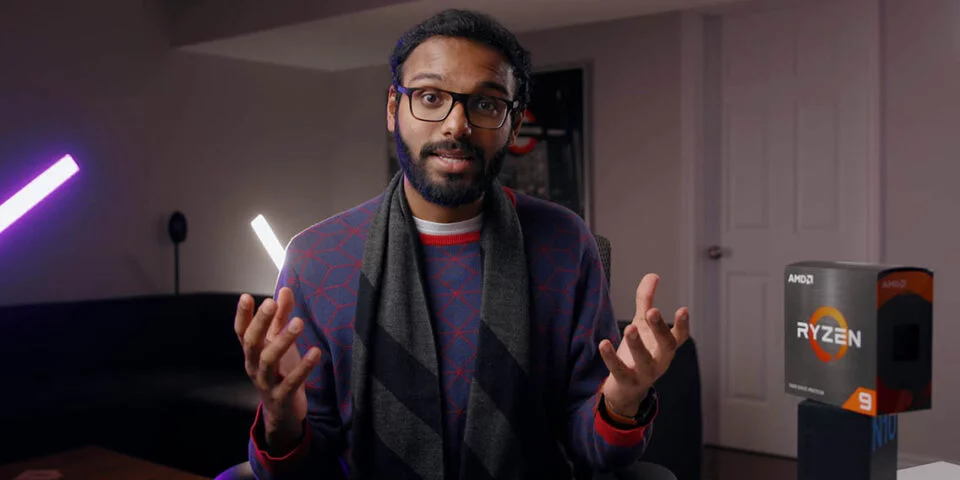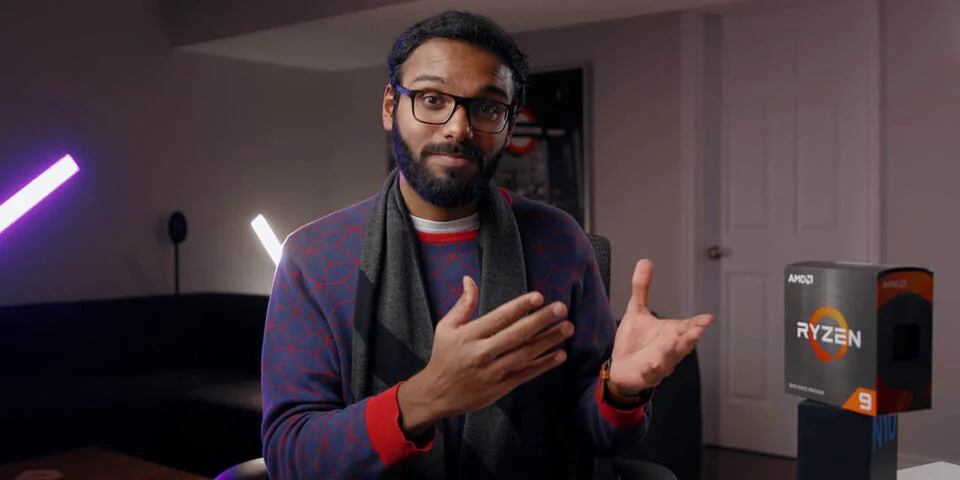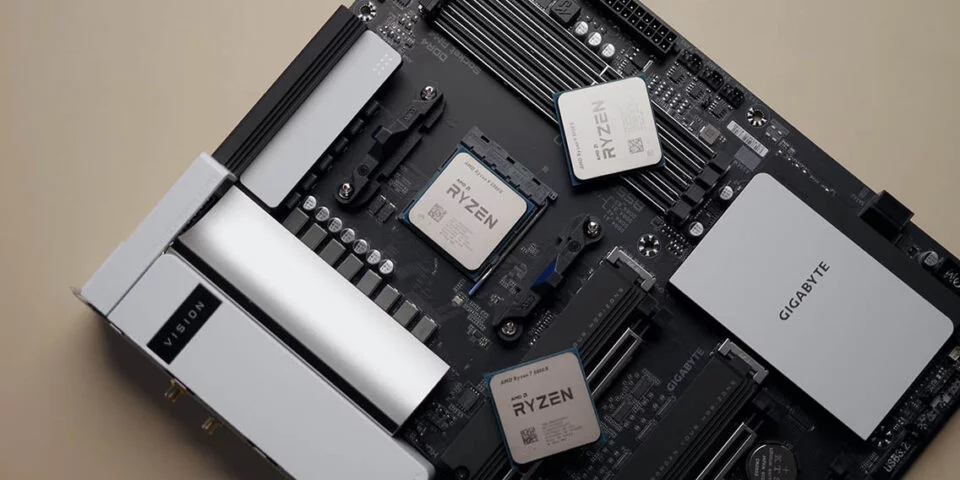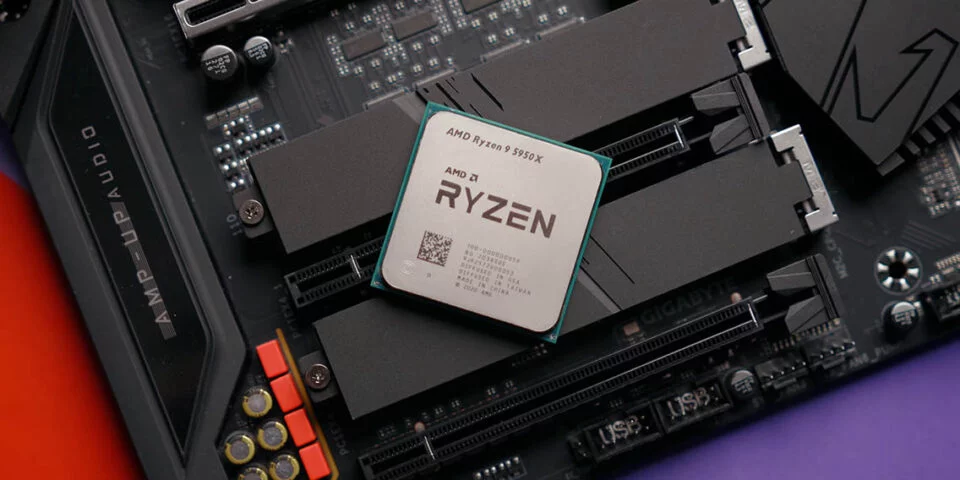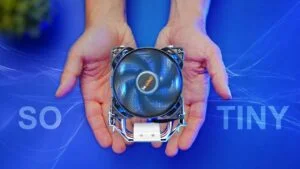It’s a BEAST – AMD Ryzen 9 5950X CPU Review

Share:
Table of contents
The Ryzen 5000 series CPUs have surpassed everyone’s expectations of what AMD could deliver on the desktop platform. We did an entire performance analysis on the Ryzen 5 5600X, the Ryzen 7 5800X, and the Ryzen 9 5900X. If you missed our review you can check it out right over here.
Once of the things that was brought up in your previous review article is the fact that almost no one was able to actually buy one of these new CPUs. Retailers are continuously receiving new stock, but it seems to have only handfuls of units at a time, so you’re going to have to be lucky, patient, and fast in order to buy one of these new chips for the next little while.
With that being said, today I wanted to focus on the Ryzen 9 5950X. This processor deserves its own dedicated review because it resides in a class of its own. If you wanna know more about the architecture and the other processors in the Ryzen 5000 series lineup make sure to check out our earlier review.
As would expect, the Ryzen 9 5950X is the fastest Zen3 CPU that AMD has launched so far and its primary focus is to deliver the best multi-core performance in pretty much every application that utilizes that capability. We are going to find out how it stacks up against its predecessor the 3950X and we will also throw in some Intel CPUs just for fun.
Specs & Price
Before I go over our test system and benchmarks, I do want to quickly talk about the specs of the 5950X. It features 16 cores, 32 threads, and a base clock of 3.4GHz, which is a 100MHz lower than the 3950X. However, the boost clock is 200 MHz higher at 4.9GHz, which is just crazy. AMD also managed to deliver the 5950X within the same 105W TDP spec as the 3950X, so they haven’t sacrificed on power efficiency.
However, it is priced at $800 USD, which is a $50 premium over the 3950X when it was launched, but you can pick up that CPU for around $700 USD these days. Now the average consumer or the average gamer shouldn’t really consider this CPU because it is way too powerful for most consumer workloads and games absolutely don’t need 32 threads of processing power. However, if we start talking about professionals who spend hours compiling code, rendering projects, and relying on a CPU that can handle their intense workflow, then spending $800 on a 5950X might be money well spent. Plus there is the added bonus of excellent gaming framerates as well if that is something you do casually on the side.
Benchmarks
As for the test system, absolutely nothing has changed since the launch day Ryzen 5000 series review, other than the fact we are adding the 3950X and 5950X along with Intel’s highest-end workstation CPU, the Core i9-10980XE. Remember that chip costs a $1,000 compared to $800 for the 5950X.
Right away Cinebench shows the strengths of the Ryzen 9 5950X, and it is actually the first non-workstation CPU to pass the 10,000 mark in R20, which is just incredible. The single core numbers are incredible too, but that’s pretty much par for the course with Zen 3.
However, the actual performance increases shown by Cinebench don’t make their way into every real world application. For example, many video rendering tasks are now shared between the GPU and CPU, so while you will see a speed increase by moving to Zen 3 from Zen 2, it is actually quite minimal even with the 3950X versus 5950X.
Moving onto animation rendering in AutoDesk Maya, and that is where some of Zen 3’s benefits start to show themselves in a bit more meaningful ways. But would I upgrade from a 3950X to a 5950X for pure rendering tasks? Probably not. Zen 3 does provide a performance increase in multi-threaded apps like these, but it’s not enough to justify the expense. On the other hand, the 5950X is an amazing option for someone upgrading a rendering workstation or productivity machine that is a few years old. In that case it offers a massive speedup and a pretty affordable price for that level of performance increase.
The same thing can be said about Handbrake where it looks like throwing more cores at the workload doesn’t give massively different results from the 5900X. However, its still amazing to see what the 5950X can offer versus the previous generation. Program compiling though is one area where the Ryzen 9 5950X really, really shines. Here it just demolishes almost everything in its path. I said almost because the only exception to this is the i9-10980XE which actually gets its first and only win here.
Metashape shows some real improvements too, and I think this highlights where the strengths of Zen 3 are. Whenever a workload is purely multi-core driven like Maya or Blender, these new CPUs offer a good generational uplift over the previous generation. Switch over to something like this program that combines lightly threaded and multi-threaded rendering in a single output and the architecture revisions really start to shine.
Reality capture is basically the same thing, our scene output involves different scan depths and render outputs and that allows the 5950X’s new CCX layout to flex its muscles, while also working out multi-threaded loads. I know that a minute difference between the 5950X and 3950X might not seem like much, but you have to remember a creator would be working on dozens or even hundreds of these outputs for a single project, so that single minute could add up to hours of time saved over the long run.
Gaming Benchmarks
Moving onto gaming, and although the results are obviously amazing, I want to mention again that the 5950X isn’t really meant as a gaming CPU. It is sort of a hybrid workstation processor that is meant to rip through creative workloads without sacrificing the ability to deliver high in-game framerates. And you can see that is exactly the case as we go through our AAA game charts. In some cases the higher single core frequencies are really beneficial, but for the most part the 5950X doesn’t offer any tangible benefits over the other Ryzen 5000 series CPUs in most games.
If I had to think about why this is, let me refer back to what we said in our launch day content. Basically, CPUs like the 5800X and 5600X have the benefit of having a single CCX so all communications happen within a single 8 core die. That leads to super low latency which games in particular love.
However, the 5900X and 5950X spread their cores over two CCX’s which means individual cores could need data from the cache or another core residing in the opposite CCX. If that happens additional latency gets added since communications get done through the Infinity Fabric rather than locally. It also looks like the move from 12 cores to the 5950X’s 16 adds some more overhead too. Sure the higher clocks compensate but not in every situation.
On the other hand, when a title like Horizon Zero Dawn can leverage additional cores there is a small but mostly unnoticeable benefit. E-sports titles like Rainbow 6 and some others mirror the other results, but in some situations you will see the 5950X does offer a bit higher 1% lows. It isn’t noticeable in games, but its there even after three consecutive runs it showed up in our charts. The only real exception to all of this was Valorant which saw ridiculous framerates. It really looks like the developers are some of the few who are taking full advantage of all the cores and clocks in current gen CPUs.
Power Consumption
Power consumption is another one of Zen 3’s strengths since AMD has been able to achieve something that impossible. They have engineered a massive generational performance increase, higher sustained clock speeds, better lightly threaded performance, and exactly the same power envelope. All without changing to a new manufacturing process or sacrificing in any other areas. Its pretty incredible.
Conclusion
So that about wraps up this review, and all I have to say is that the 5950X is one heck of a CPU for pretty much any multi-threaded productivity app. It is a beast and even at $800 it can actually provide a really good value for someone who might need to upgrade a workstation that is 2 or more years old. On the other hand, if you already have a 3950X the benefits of moving to this new generation are gonna be minimal in most situations, even though Zen 3 is a simple drop in upgrade for X570 and B550 after a BIOS update. I am saying “in most situations” since there are some professional programs out there which combine partial and full core loads that do make sense for an upgrade right now.
As for gaming, well let’s just put it this way: Most people shouldn’t buy the 5950X as a pure gaming CPU, unless you have money to burn on bragging rights. From a gaming perspective you are much better off getting one of the less expensive Ryzen 5000 series CPUs and spending the extra money on a better GPU or even a larger SSD to hold some of these new games with gigantic storage needs. And Intel… well its really hard to recommend anything from them right now unless you have some very, very specific needs. Sure the 5950X’s $800 price does push it a bit closer to the 10980XE, but there is just no competition between those two CPUs. AMD beat it 9 times out of 10.
If you don’t fit into any of the above categories but want a multi-functional CPU that can render like no one’s business during the day and game at high frame rates at night, the Ryzen 9 5950X will not disappoint you in any way.
Buy items in this review from Amazon at the links below:
AMD Ryzen 9 5950X – https://geni.us/R95950X
AMD Ryzen 9 5900X – https://geni.us/R95900X
AMD Ryzen 7 5800X – https://geni.us/R75800X
AMD Ryzen 5 5600X – https://geni.us/R55600X





